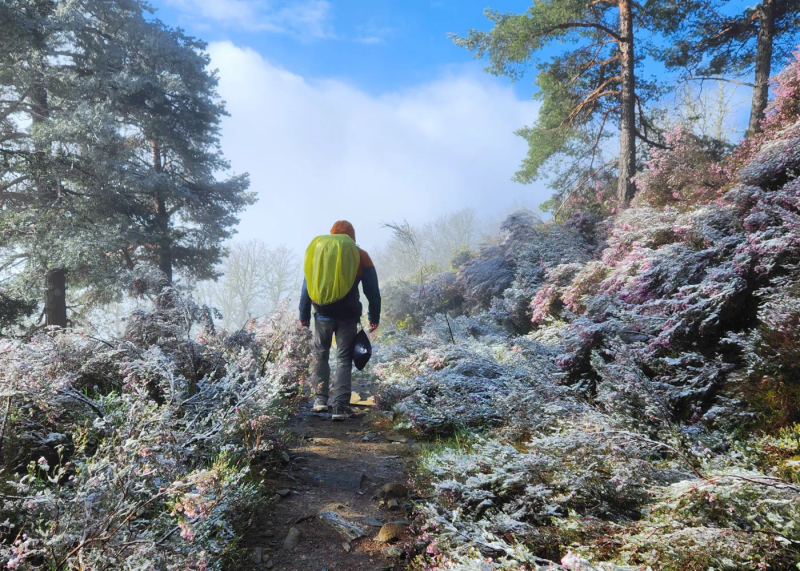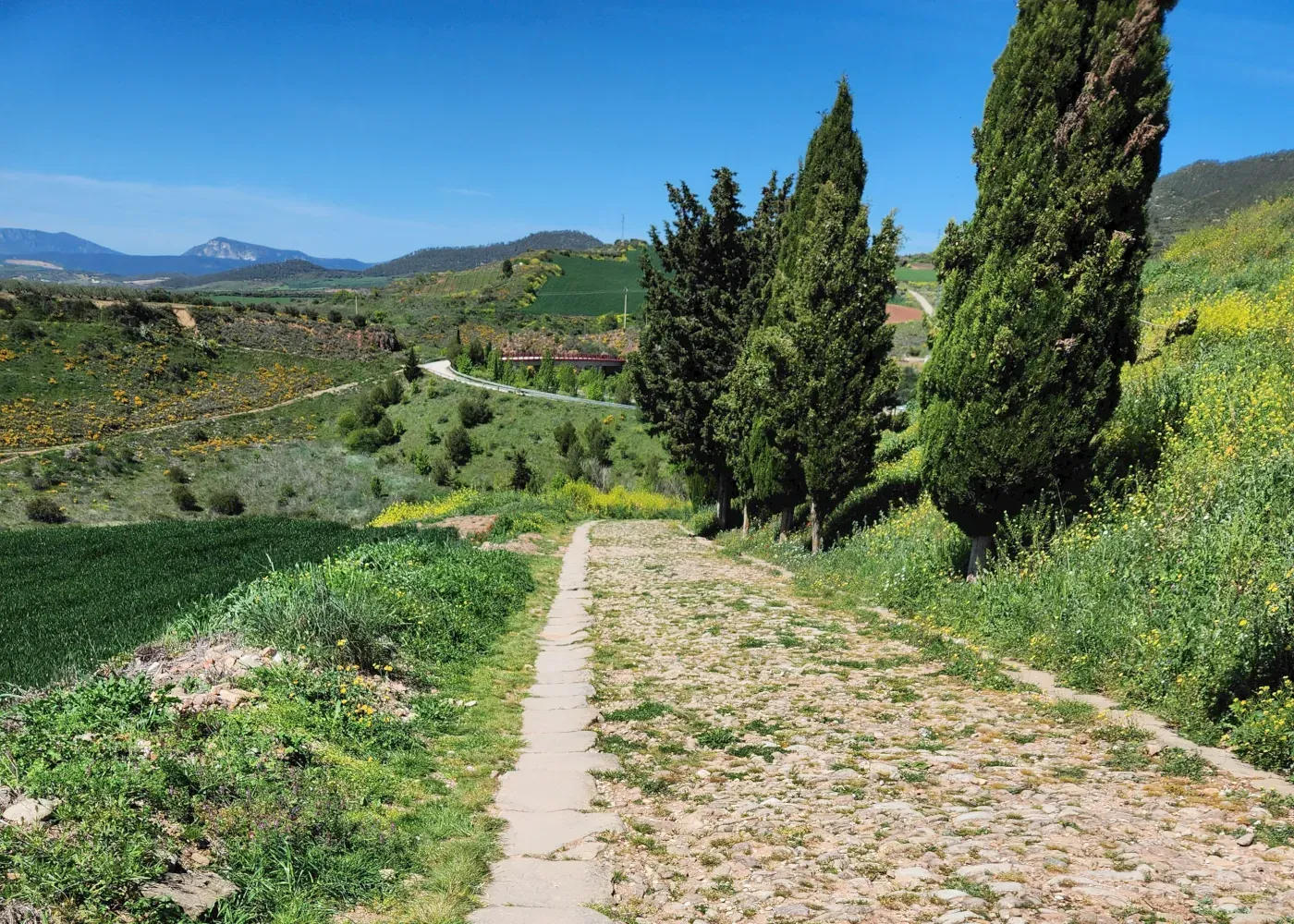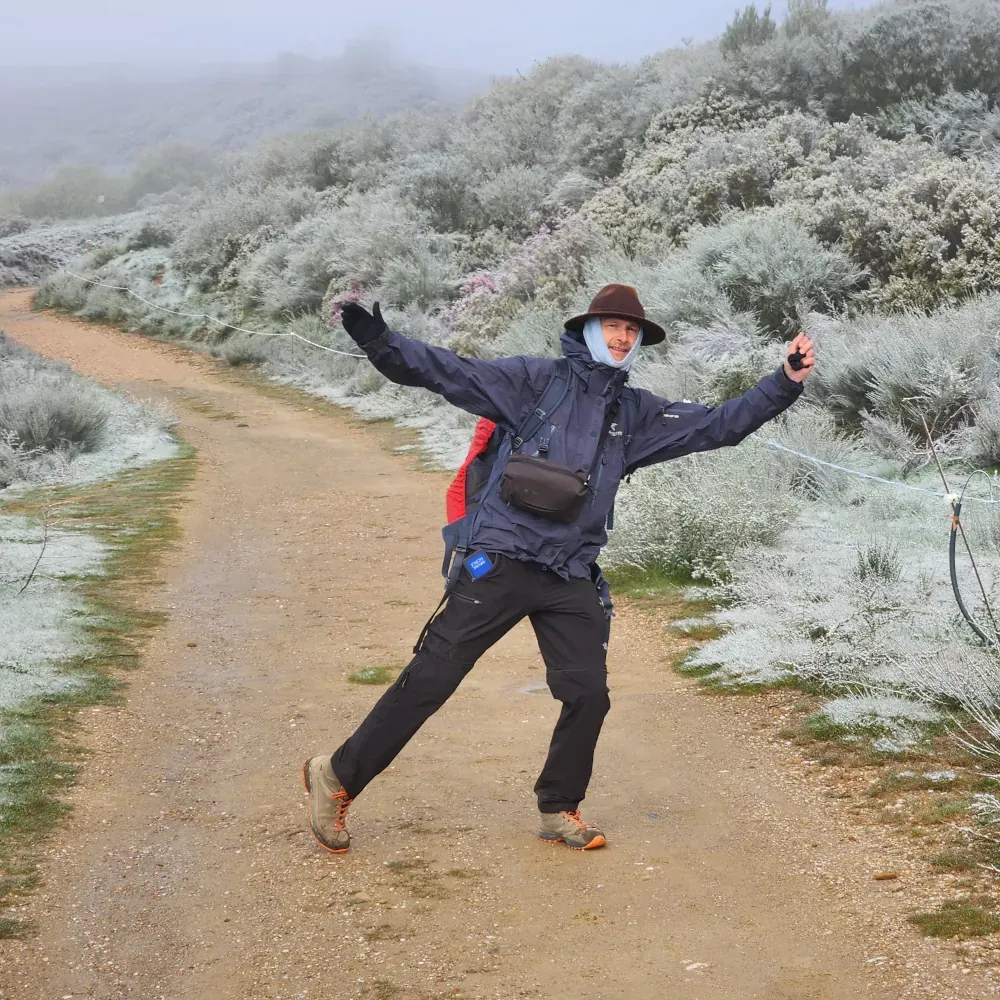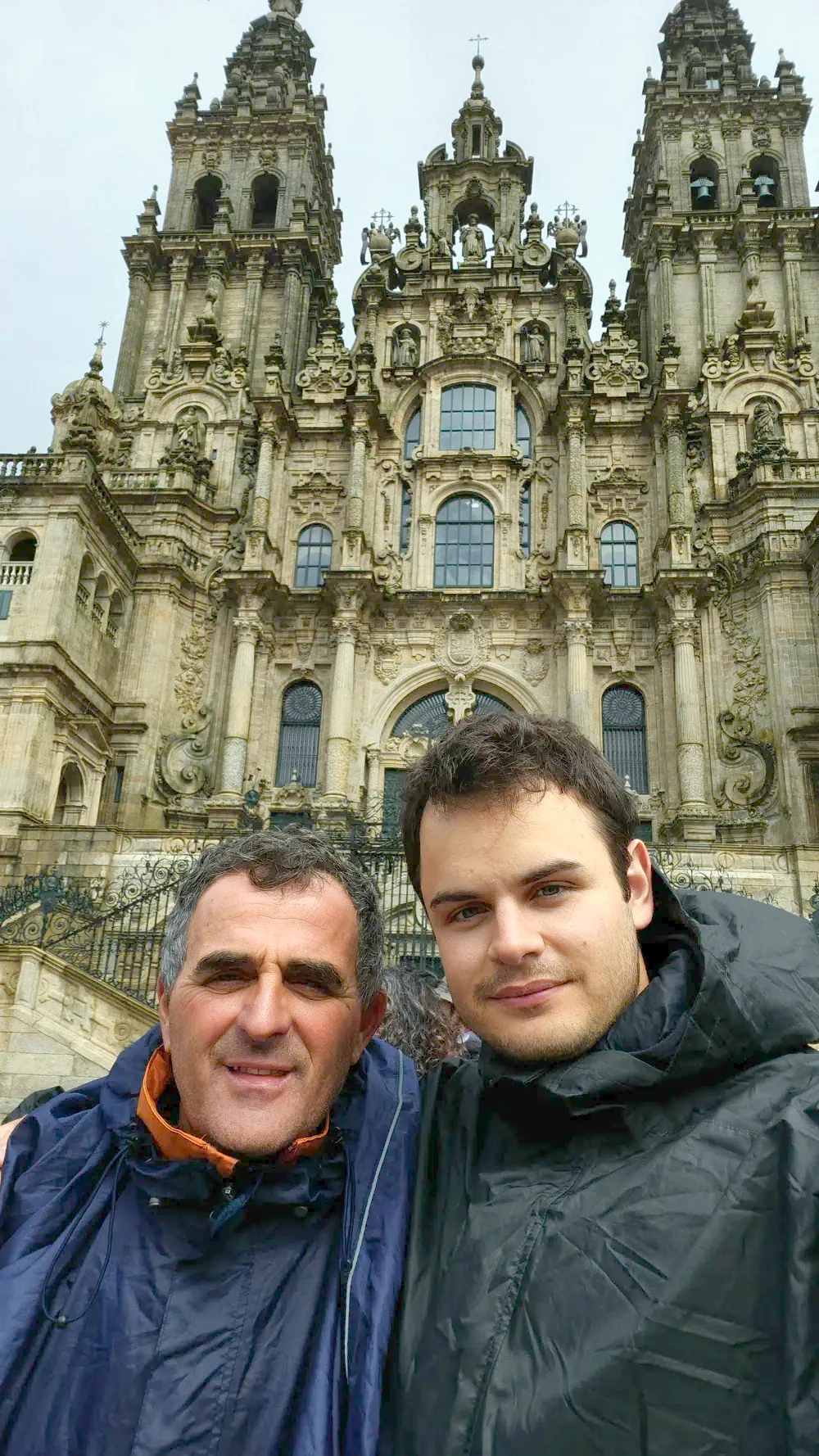
My Journey on the Camino
The Search for Meaning
For a long time, I felt lost. There were existential questions I couldn’t answer. I had desires I couldn’t reach, no matter how hard I tried. After years of searching through religions and different philosophies, I found myself unfulfilled. My work became draining, wherever I went, my discontent followed me everywhere. In 2023, I moved to a new country, hoping for a fresh start. But this only provided temporary relief.
The move didn’t solve my problems. Working remotely, I thought I would be free. Instead, I found myself in isolation, each day a chaotic mess. My days blurred together, and depression began to creep in. I realized it wasn’t my surroundings that needed to change—it was me.
I knew something drastic had to be done. The Camino de Santiago, a pilgrimage I had thought about for years, became my beacon of hope. My goal wasn’t to walk hundreds of kilometers just for the sake of it. I needed to find clarity, challenge myself, and shift my way of thinking.
Facing my Fears
Before I could begin the Camino, I had to confront my fears. I was terrified—of traveling alone, of navigating foreign countries, of what lay ahead. To overcome these fears, I had to start small.
So I took a spontaneous trip to Naples, Italy. For three days, I traveled with nothing but a small backpack, stayed in a youth hostel, and explored the city on foot. It wasn’t easy, but by the end, I had broken out of my comfort zone. That short trip gave me the courage I needed for the real journey.
Stepping into the Unknown
Later, when I landed in Barcelona, Spain, I felt more confident. I spent a few days wandering the city, meeting travelers, and preparing myself mentally. From there, I took a train to Pamplona—the city where I would start my Camino. The excitement was mixed with nerves, but I relied on an app and the kindness of a local to help me find accommodation.
The first day of walking felt surreal. I set out early in the morning, navigating rocky paths and steep hills under an intense heat that reached 36°C. By the end of the day, my body was aching. It was grueling, and doubts crept in. But I kept moving forward, one step at a time, pushing through the discomfort.

The Power of Connection
As the days went on, I began meeting fellow pilgrims—Luca from Italy, Chris from the UK, and many others. We walked together at times, sharing stories and forming bonds. The Camino wasn’t just a physical journey; it became about the connections I made. These bonds gave me strength when the path became tough.
The landscape began to change, shifting from rocky terrain to vast green plains. The mornings were chilly, but the sky was blue and the breeze refreshing. While the walking became physically easier, the long, monotonous stretches were mentally challenging. During these quiet moments, I found comfort in listening to John Vervaeke’s “Awakening from the Meaning Crisis.” His lectures offered a worldview that resonated deeply with me, giving me a sense of purpose and grounding me throughout the journey.
A Moment of Belonging
One of the most unexpected moments came on my birthday. My companions surprised me with a celebration. I still remember Chris clinking his wine glass with a fork—almost breaking it—before standing up to give me a toast in front of 40 pilgrims. These strangers, who somehow felt like family by then, celebrated with me. For the first time in years, I felt truly seen. After so long feeling unnoticed, this simple act of kindness marked a turning point. The journey was no longer just about walking—it was about connection, community, and recognizing my own worth.

Enduring the Final Test
The last phase of the Camino was the hardest—both physically and mentally. As we climbed into the mountains, the weather grew colder. Snow fell unexpectedly in May, making the path dangerous. After the snow came rain—first a light drizzle, then relentless downpours. The road became muddy, streams swelled, and I was soaked through, with no dry clothes left. Every step was a challenge, testing my endurance.
But I pushed on. By then, the Camino was less about reaching Santiago and more about proving to myself that I could persevere, no matter the conditions.
Arriving in Santiago
When I finally reached Santiago de Compostela, a wave of emotions hit me—relief, pride, and quiet reflection. The physical journey was over, but I realized that the true achievement had been internal. I had gained clarity, resilience, and a deeper understanding of myself. The intellectual insights I had gained from Vervaeke’s lectures helped frame this transformation—they provided a language for the inner growth I had experienced along the way.
Meeting my friends for one final dinner, our goodbyes were bittersweet—grateful for the journey we shared, yet uncertain if our paths would ever cross again…

Processing the Journey
After Santiago, I traveled to Vigo, Porto, and Lisbon. These cities gave me time to process the journey. I walked through them much like I had walked the Camino—taking in the sights while reflecting on the personal growth I had undergone. The Camino had changed me in ways I couldn’t have anticipated. Returning home only confirmed this.
Returning to a New Reality
When I walked through the door of my apartment, everything felt foreign. The space seemed smaller, the walls whiter and emptier than before, as if I had outgrown it. My old life felt distant, and I knew that I had changed in profound ways. The Camino wasn’t just a physical journey. It was about shedding old habits, old thoughts, and old fears.
The Journey Never Ends
Even though the Camino is over, the internal transformation continues. I understand now that true freedom isn’t about comfort or avoiding hardship. It’s about growth—about taking risks and pushing beyond what’s familiar. I’m not the same person who started this journey, and that’s exactly what I needed. I had to die a little inside to be reborn from the ashes.
Ready to get started?
I'd love to hear about your project. Let's chat!